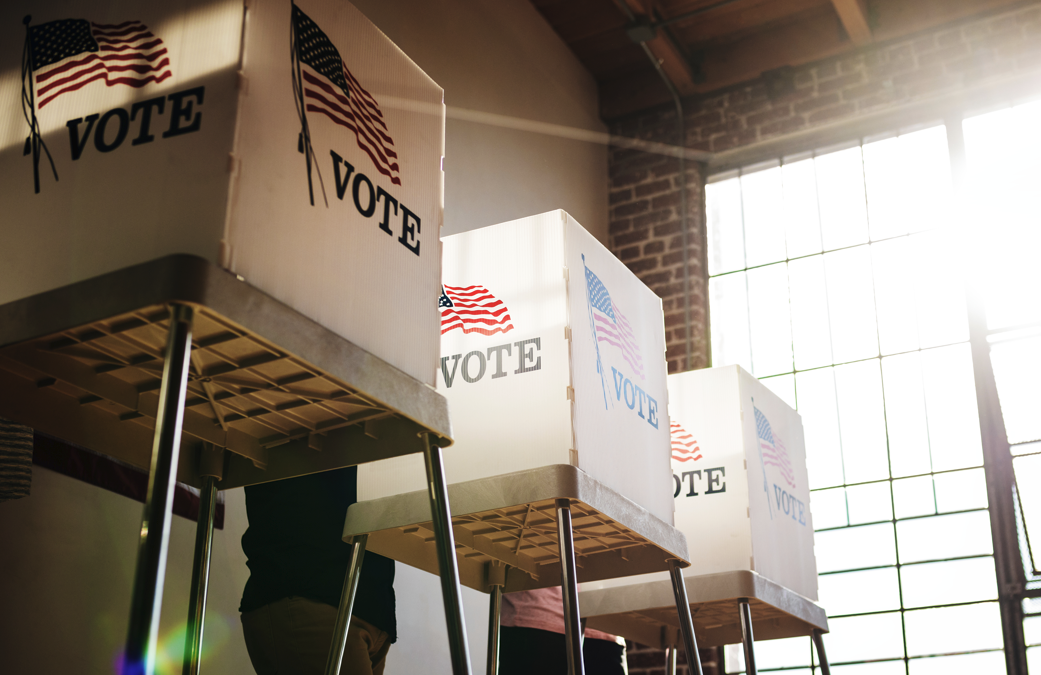Election Day in the United States is held on the first Tuesday after the first Monday in November, a tradition that dates back to 1845 when Congress established this timing for federal elections. November was chosen due to the agrarian lifestyle of 19th-century Americans, particularly farmers, who needed to consider seasonal schedules when voting. By November, the harvest was typically complete, allowing voters to travel to polling places without the demands of farm work.
Tuesday was selected for practical reasons, given the travel challenges of the time. Many voters journeyed considerable distances to polling stations, and Tuesday provided an extra day after the Monday market day, allowing people to travel if needed and vote without conflicting with their weekly routines. This timing also avoided the Sabbath on Sunday, which was important to many communities.
Over the years, Election Day has evolved but has retained its November timing, becoming a significant event where citizens exercise their right to vote and shape their government. With advances in technology and society, efforts have been made to increase voting accessibility, such as early voting and mail-in ballots, ensuring broader participation in the electoral process.
The origins of Election Day reflect the importance of voting in American democracy, reminding us of the significance of participation. As November approaches, the history of Election Day underscores the impact of each vote and the traditions behind this essential civic duty.


